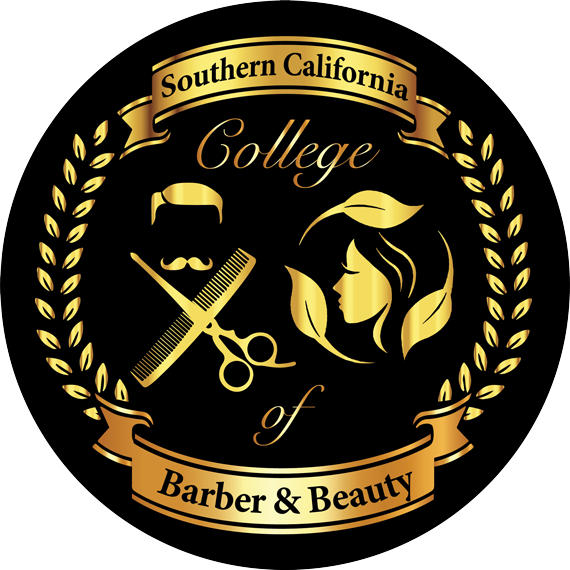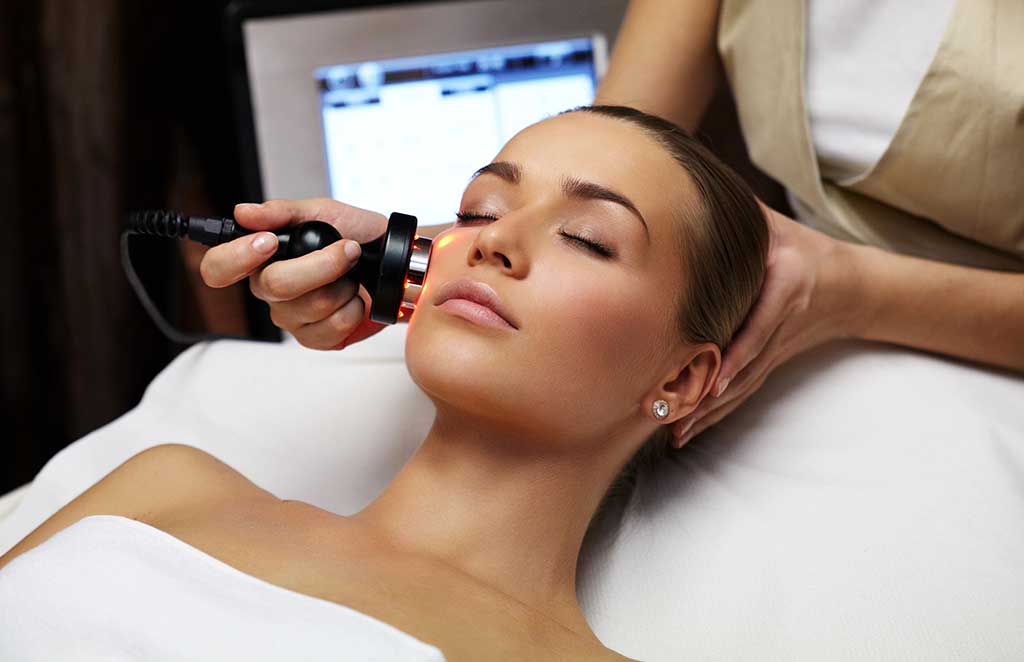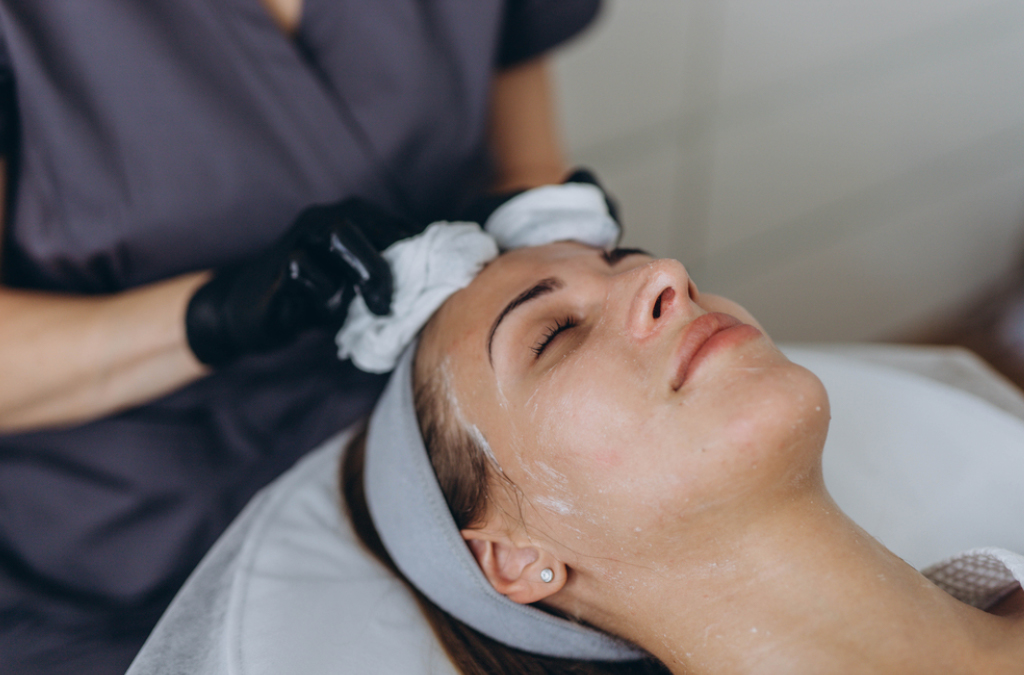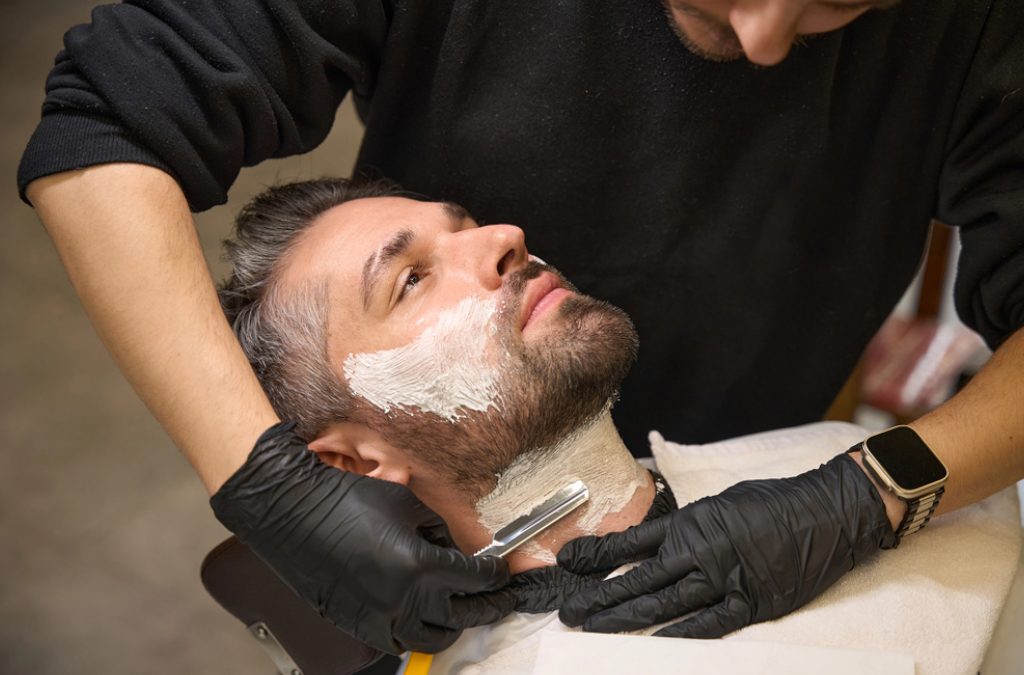If you’re an esthetician considering a move to another state, you may be wondering about the process of transferring your license. Transferring your esthetician license to another state involves understanding the specific requirements and procedures set forth by the state’s licensing board. While the process may seem daunting, with the right information and preparation, you can navigate it smoothly. In this guide, we’ll walk you through the steps involved in transferring your esthetician license to another state, ensuring that you’re well-equipped to make the transition hassle-free.
Step 1: Research the Requirements
Before you begin the process of transferring your esthetician license to another state, it’s essential to research the specific requirements set forth by the state’s licensing board. Each state may have different guidelines regarding education, training hours, and additional exams, so it’s crucial to familiarize yourself with these requirements beforehand.
Some states readily accept valid esthetician licenses from your home state without stringent training hour requirements, including Alabama, Arizona, Arkansas, California, District of Columbia, Illinois, Kansas, Louisiana, Mississippi, Montana, Nevada, Pennsylvania, South Carolina, and Washington. However, meeting these states’ requirements doesn’t guarantee automatic license transfer; you’ll still need to fulfill administrative procedures and possibly provide endorsement letters or license copies. On the other hand, states like Alaska, Colorado, Connecticut, Delaware, Florida, Georgia, Indiana, Iowa, Kentucky, and others accept valid licenses but stipulate minimum training hours. Notably, Hawaii and Massachusetts do not recognize out-of-state licenses, necessitating compliance with their specific regulations and exams.
Step 2: Contact the State Board
Once you’ve gathered information about the requirements, the next step is to contact the licensing board of the state where you plan to move. Reach out to the state board via phone or email to inquire about the transfer process. They will provide you with detailed information about the necessary documentation, fees, and any additional steps you need to take.
Step 3: Gather Required Documents
After contacting the state board, you’ll need to gather all the required documents for the license transfer. Common documents may include:
- Copy of your current esthetician license
- Proof of education or training hours
- Transcript from your esthetics school
- Verification of licensure from your current state board
- Application for license transfer
Be sure to carefully review the list of required documents provided by the state board and ensure that you have everything ready before proceeding to the next step.
Step 4: Submit Application for Transfer
Once you’ve gathered all the necessary documents, it’s time to submit your application for license transfer to the state board. Follow the instructions provided by the board regarding the application process, including any specific forms or online portals you need to use. Pay close attention to deadlines and ensure that you provide accurate information to avoid any delays in processing your application.
Step 5: Pay Transfer Fees
In addition to submitting your application, you will likely need to pay a transfer fee to the state board. The fee amount may vary depending on the state, so be sure to check the board’s website or contact them directly for the most up-to-date information. Make sure to include the required fee with your application to avoid any delays in processing.
Step 6: Await Approval
Once you’ve submitted your application and paid the necessary fees, the state board will review your application and documents. This process may need some time, so it’s essential to endure a little. You may receive updates from the board regarding the status of your application, or you can follow up with them if you have any questions or concerns.
Step 7: Complete Additional Requirements
Depending on the state’s regulations, you may need to fulfill additional requirements to complete the license transfer process. This may include passing a written or practical exam, providing proof of liability insurance, or undergoing a background check. Be sure to stay informed about any additional steps you need to take and complete them promptly to finalize your license transfer.
Step 8: Receive Your New License
Once your application has been approved, and you’ve met all the necessary requirements, you’ll receive your new esthetician license from the state board. Congratulations! You’re now officially licensed to practice esthetics in your new state. Be sure to keep your license current by fulfilling any renewal requirements set forth by the state board.
Step 9: Update Your Clients and Network
After receiving your new license, it’s essential to update your clients and professional network about your move. Notify your clients of your new location and contact information, and inform them of any changes to your services or availability. Additionally, reach out to other estheticians, salon owners, and industry contacts in your new area to network and establish connections. Building a strong professional network in your new location can help you attract clients and opportunities for growth in your esthetics career.
Step 10: Continue Your Education and Professional Development
As a licensed esthetician, continuing education and professional development are crucial for staying current with industry trends, techniques, and advancements. Consider enrolling in advanced training courses, workshops, or seminars to enhance your skills and expand your knowledge base. Many states require estheticians to complete a certain number of continuing education hours to renew their licenses, so investing in ongoing education can also help you maintain your license and stay competitive in the field.
How Southern California College of Barber & Beauty Can Help
Southern California College of Barber & Beauty offers comprehensive programs designed to prepare students for successful careers in the beauty industry, including cosmetology, esthetics, and more. Our esthetics program covers a wide range of topics, including skincare techniques, facial treatments, makeup application, and business management. With experienced instructors, state-of-the-art facilities, and hands-on training opportunities, we provide students with the knowledge and skills they need to excel in the field of esthetics.
Additionally, our career services team assists students with job placement, resume writing, and interview preparation to help them transition seamlessly into the workforce. Whether you’re a seasoned esthetician looking to transfer your license to a new state or a newcomer to the field seeking to launch your career, we are here to support you every step of the way.




